Sponsored Listings:
Many years ago when I was still in high school, I strongly considered going to college in Macon. I was offered a scholarship to Mercer—and I was set on a prestigious liberal arts school at that—but turned it down in favor of a scholarship to Sewanee and a spot on the tennis team. And until very recently, it never occurred to me to actually travel to Macon as an adult and check it out—until I spoke at a literary conference down there three falls ago and was intrigued by the beautiful, stately homes, some much older than my own.
I had plans to return the next year with SVV, but as often seems to be the case, that didn’t pan out, but we’d get there together—eventually.
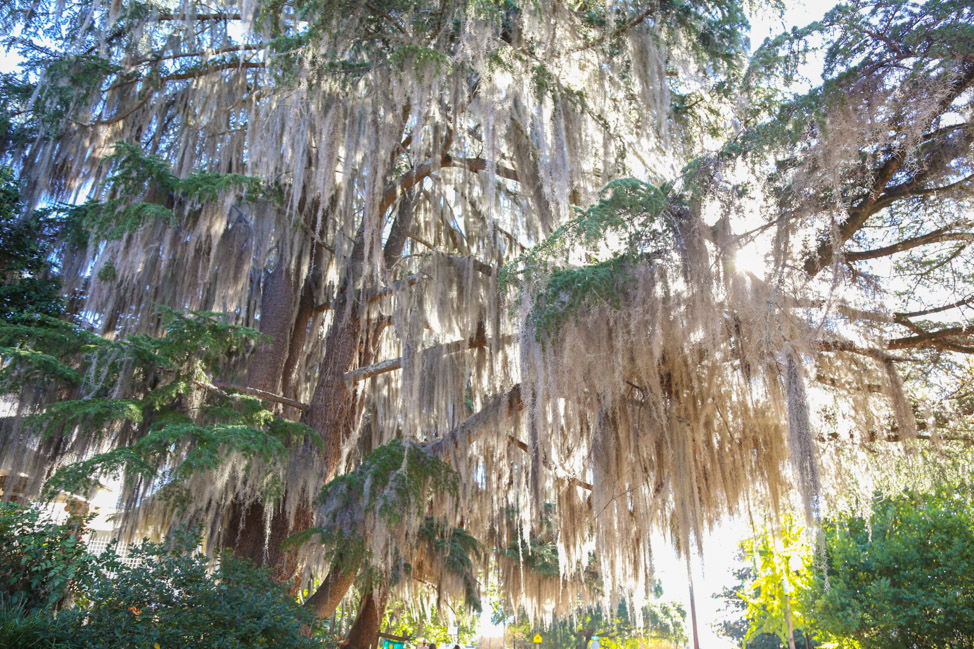
One gorgeous fall morning in October, SVV, Ella and I packed up the Jeep and headed South for Georgia. Six hours later, we pulled into Macon—which is halfway between Atlanta and Savannah—and up to our bed and breakfast, which is situated right off of College Avenue where all of the city’s most famous homes like this one can be found.
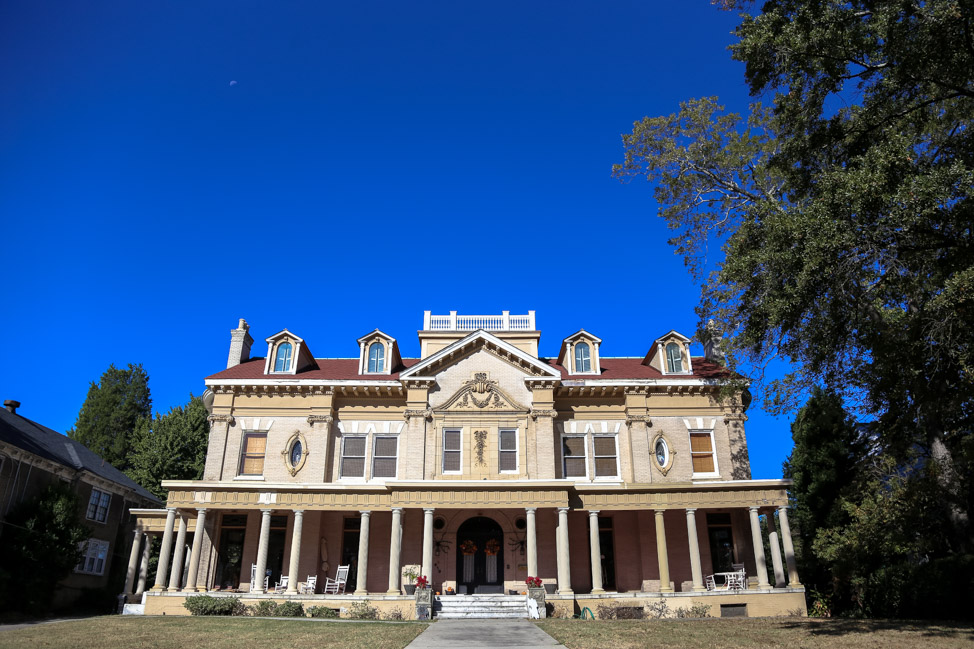
The city itself was founded in 1823, and thanks to its prime location on the banks of the Ocmulgee River, there was easy access for steamboats, stagecoaches and, later on, trains. The town capitalized on the cotton industry, and it’s pretty evident it was extremely wealthy at one point, as evidenced by the swaths of Antebellum homes tucked away along the tree-lined streets.
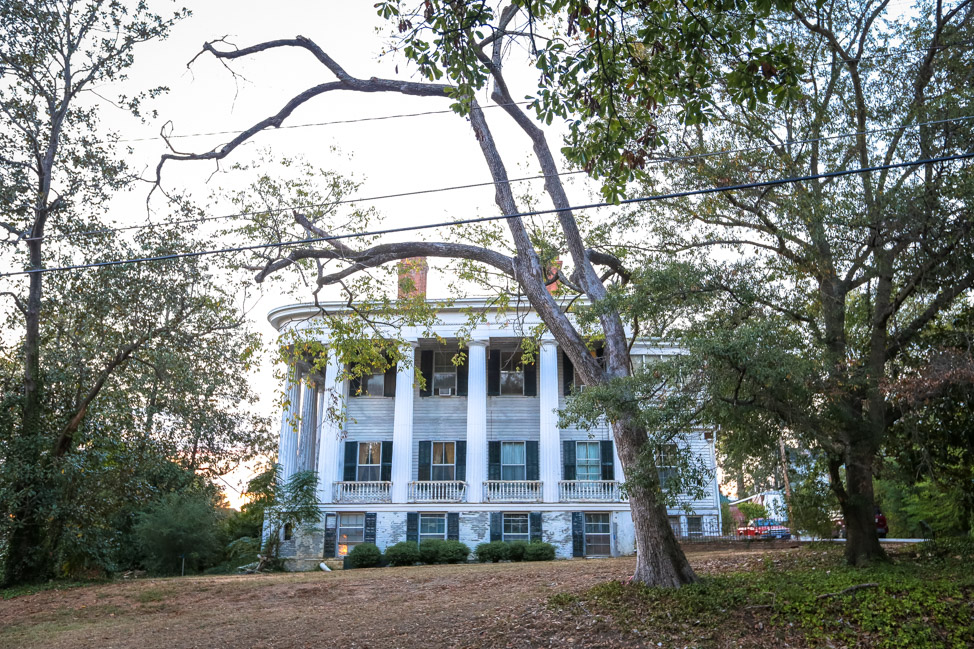
Thanks to the city surrendering during the Civil War, many of them were saved. In the 150 years since the war ended, however, many of them are derelict, though some have been preserved (or revived) like the Hay House and are open for tours.
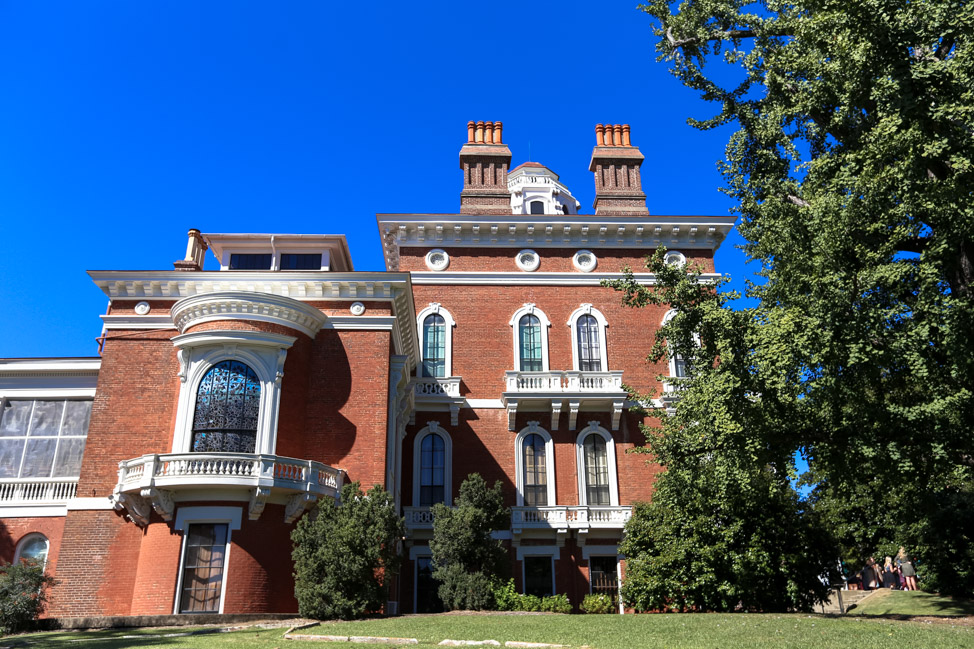

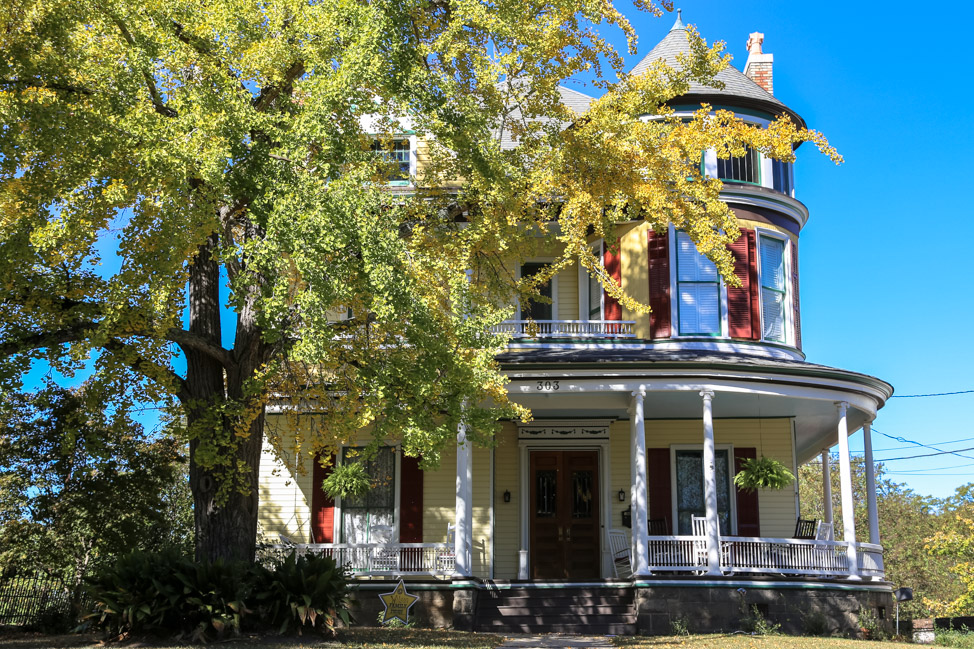
When we pulled into town, we really wanted to set out and explore, but our bellies were growling, so we immediately unpacked our car and hit the pavement; Dovetail was just a 10-minute walk down the hill, and we couldn’t wait a second longer.
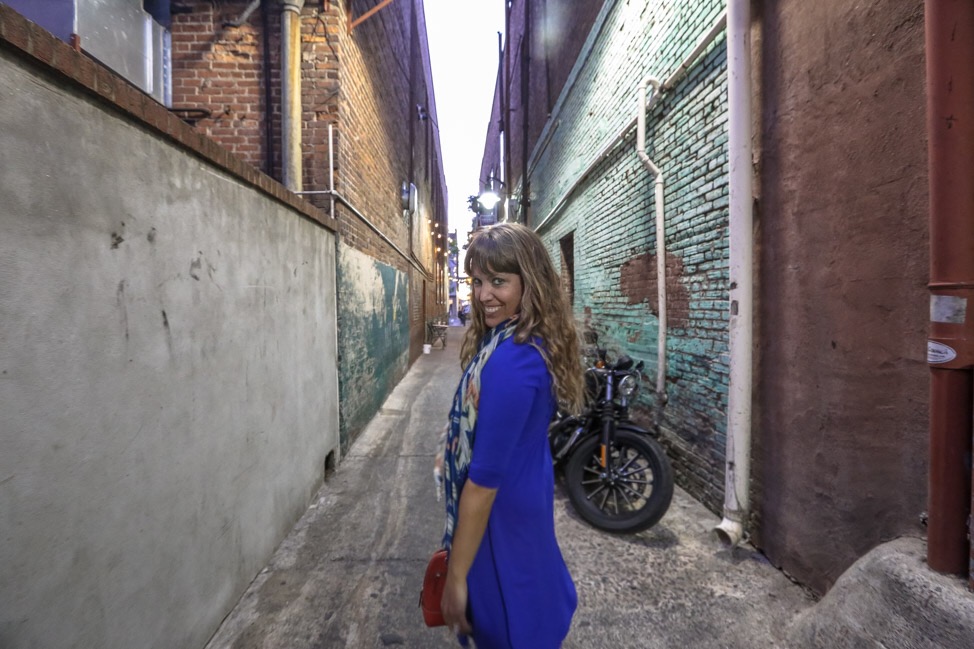
This high-end restaurant is one of Macon’s finest and most popular, and for good reason. It bills its fare as “uniquely crafted Southern cuisine,” and indeed, there were plenty of flavor profiles I’d never experienced before, and I couldn’t even explain what I tasted either as the menu changes daily. The cocktail creations were so out-of-the-box and divine, I had trouble choosing just one, so instead SVV and I opted for four (or two each) so we could sample a bit of everything.
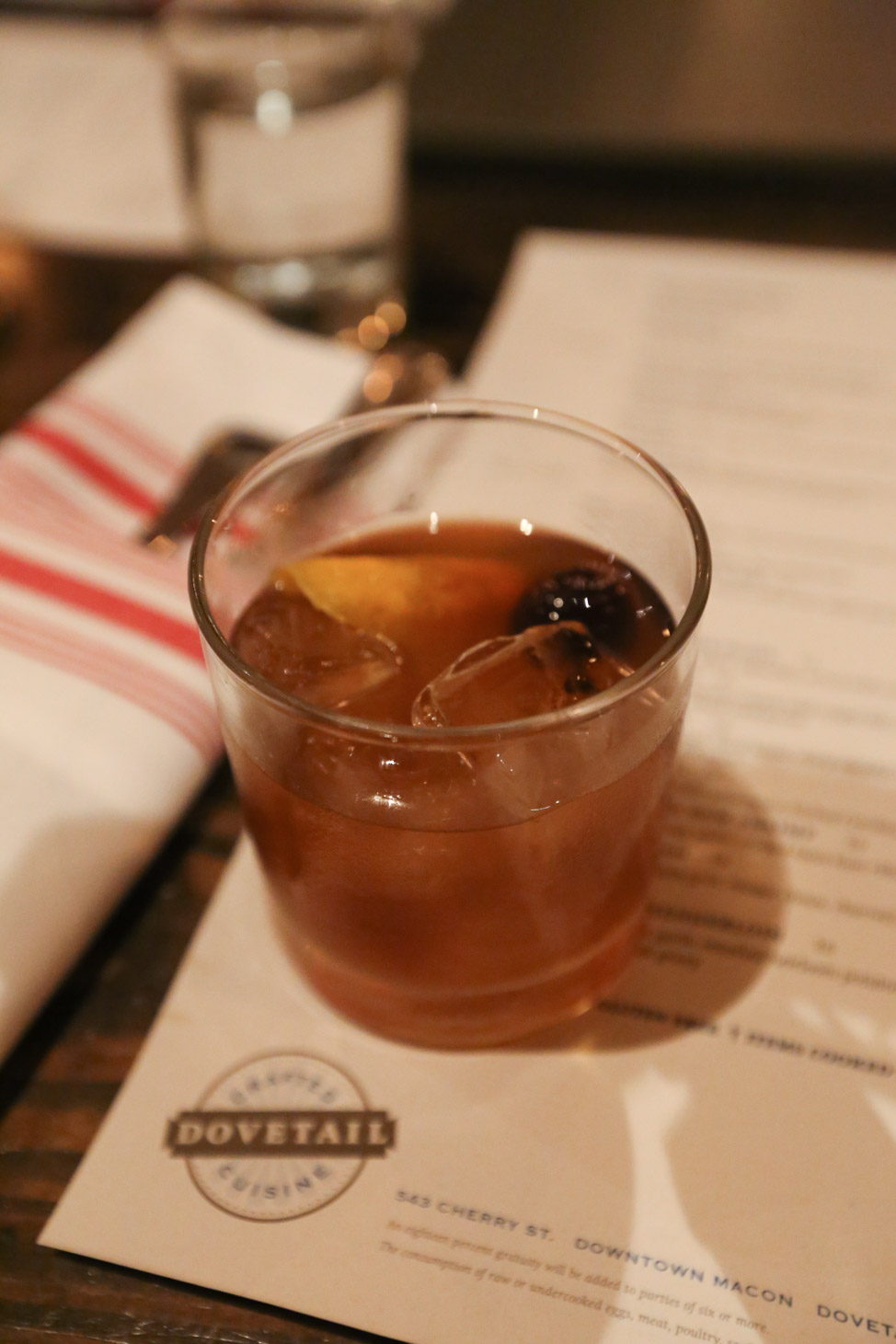
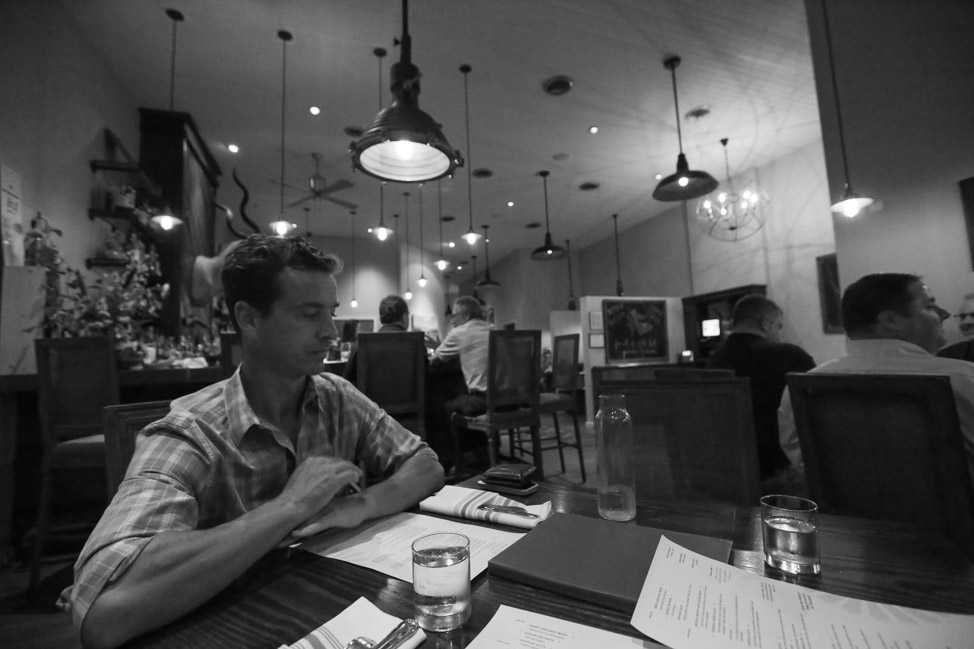
It’s also famous for its Cracked Pie, which has that very effect—crack; you can’t just take one bite—so plan accordingly and save room. You do not want to miss this; trust me on that.
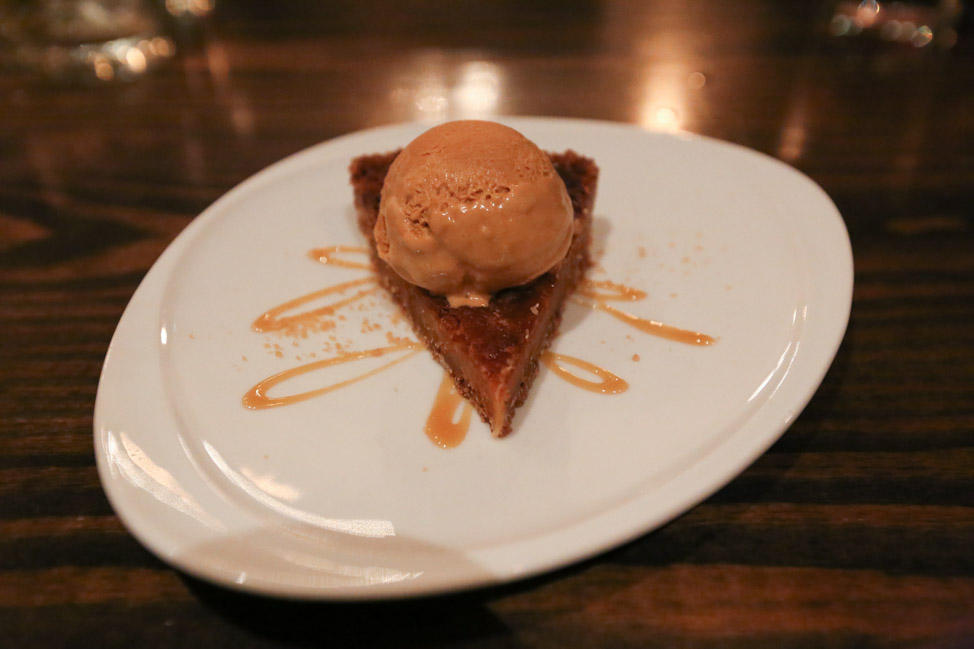
The next morning was a lazy one as we both had plenty of work to do and deadlines to meet—oh, the joys of being a husband-wife digital nomad team—then I had a noon-time speaking engagement at Mercer’s journalism school. Once I was finished, we hopped in the car and headed downtown to discover just why (and if) Macon lives up to its motto “where soul lives.”
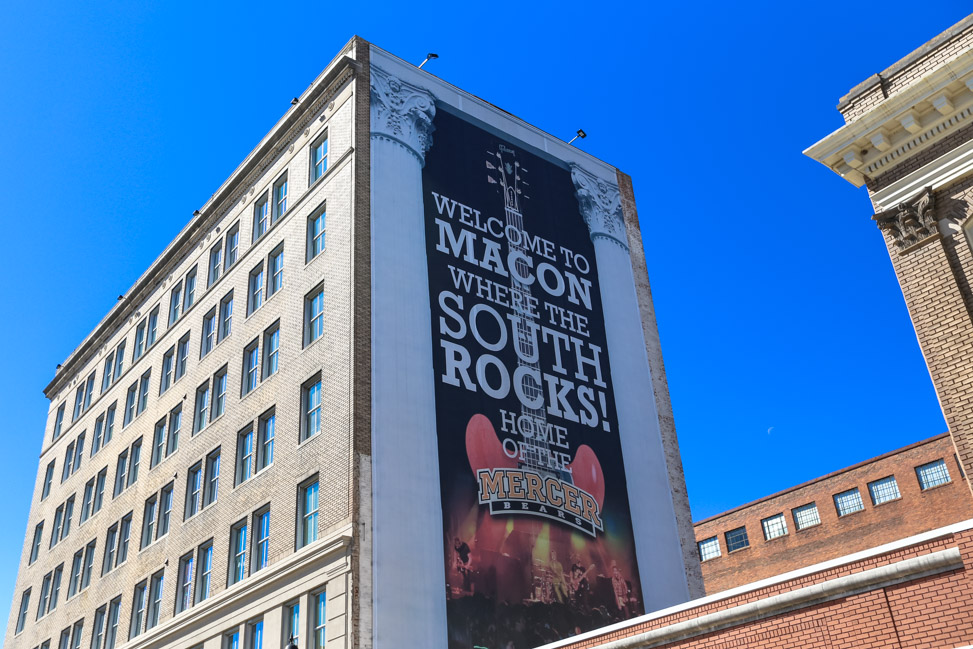
First stop was Macon Terminal Station, the city’s iconic railway station, for a bit of a history tour. I had been to the Tubman Museum on my first and only prior visit to Macon, but this time it looked different—very different.
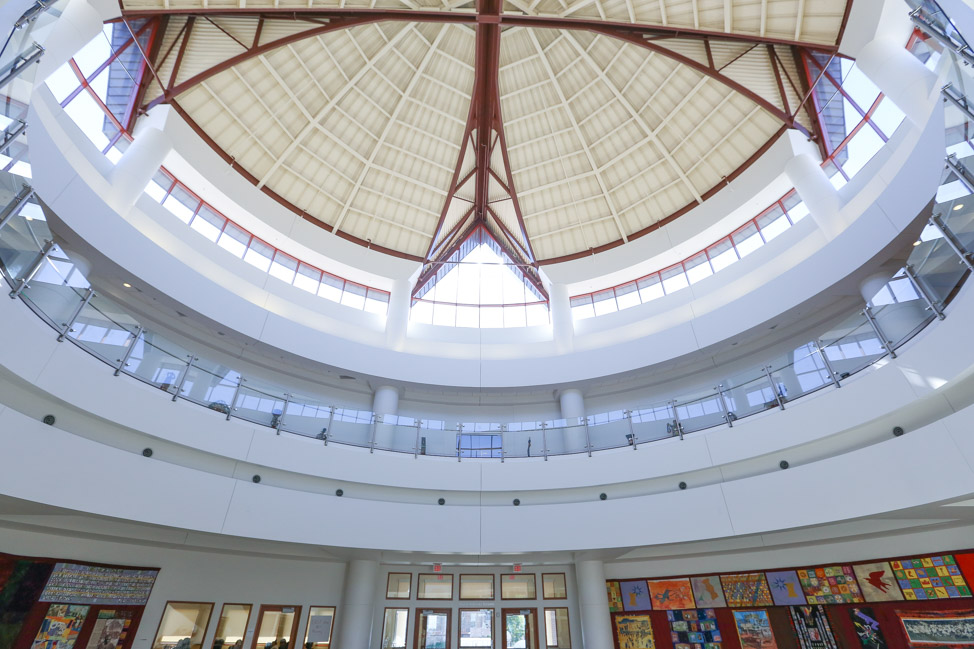
For starters, it’s an entirely new location, which debuted in the spring of 2015, a staggering 49,000 square feet to the former museum’s 8,000.
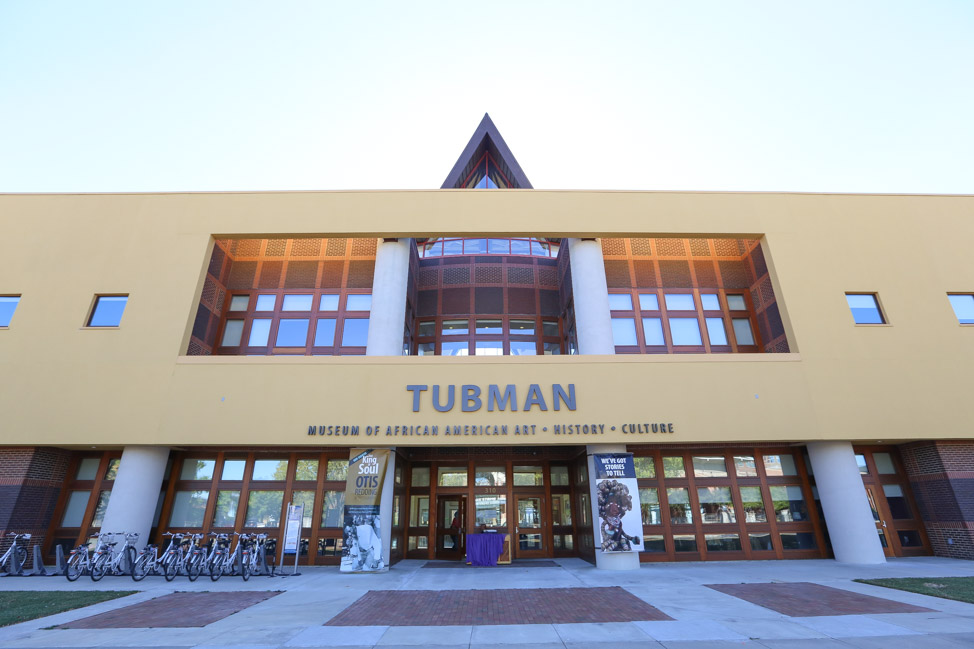
Second, the museum is now the biggest center for African American art history in the country, even larger than the Smithsonian’s.

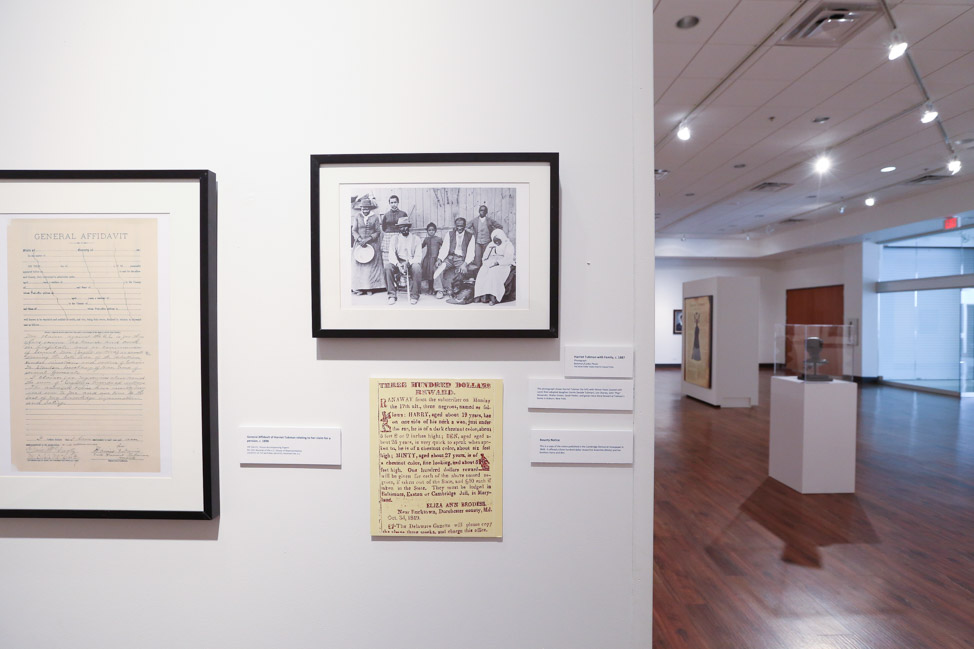

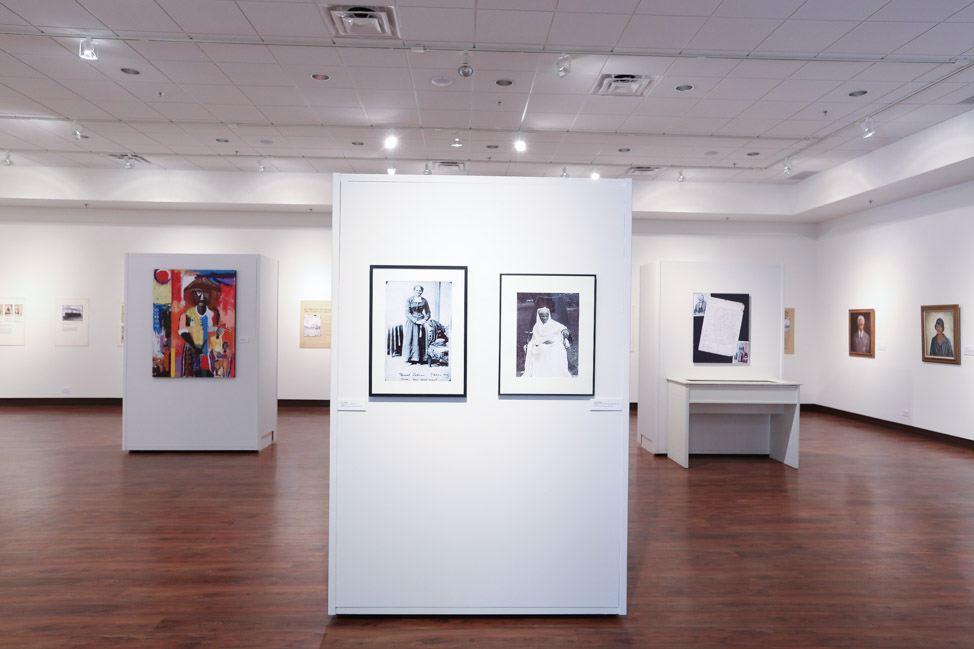
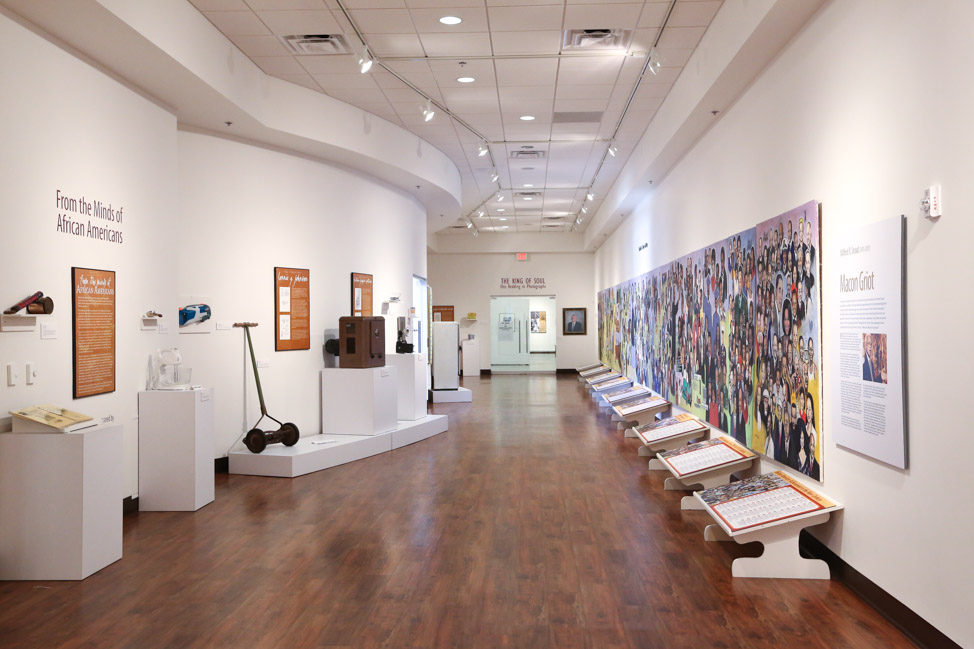
Though it has no direct ties to Harriet, the Tubman Museum was named in her memory as one of the most iconic African-American figures in history, and there’s an entire room on the ground floor dedicated to her legacy.
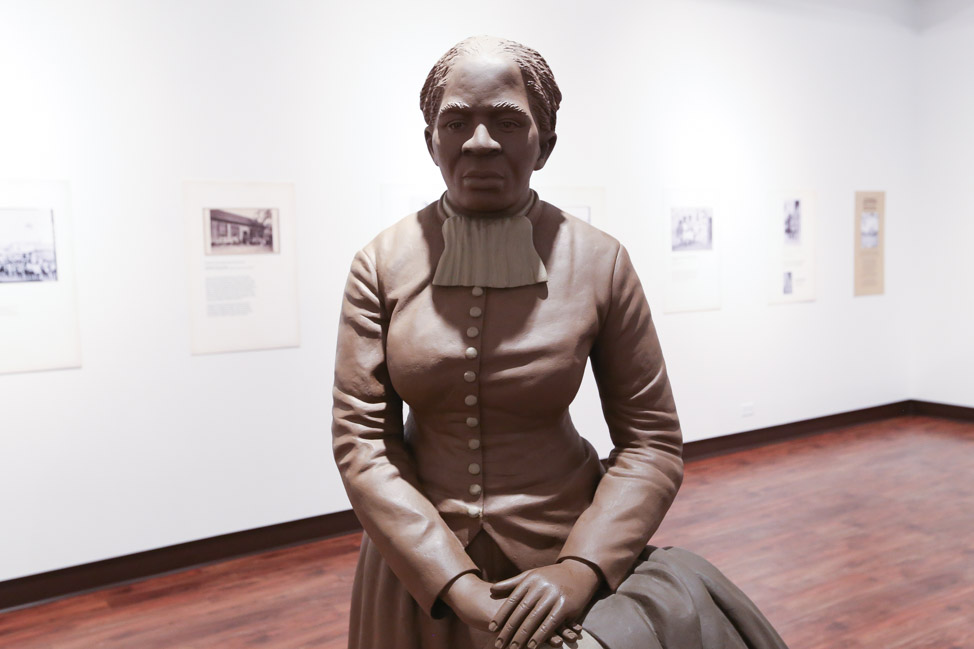
Even its ceiling has artistic significance: It’s meant to mimic the look of an African hut.
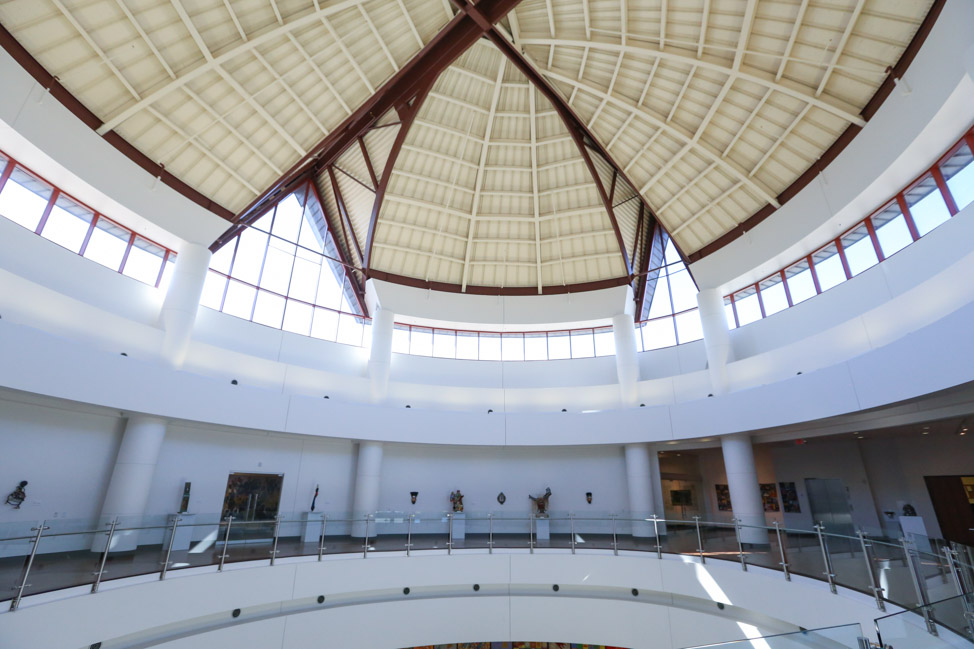
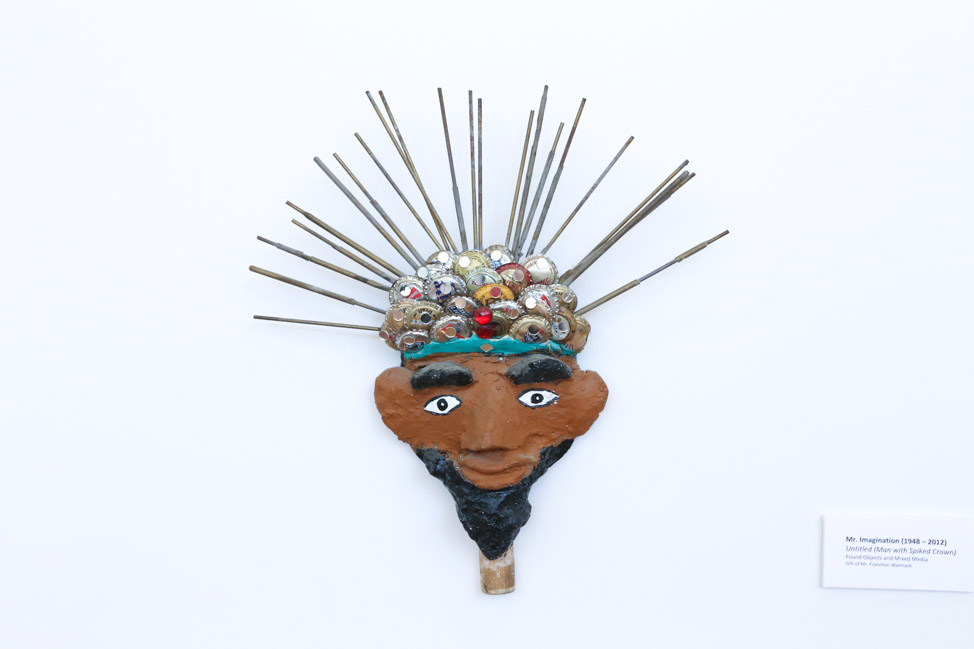
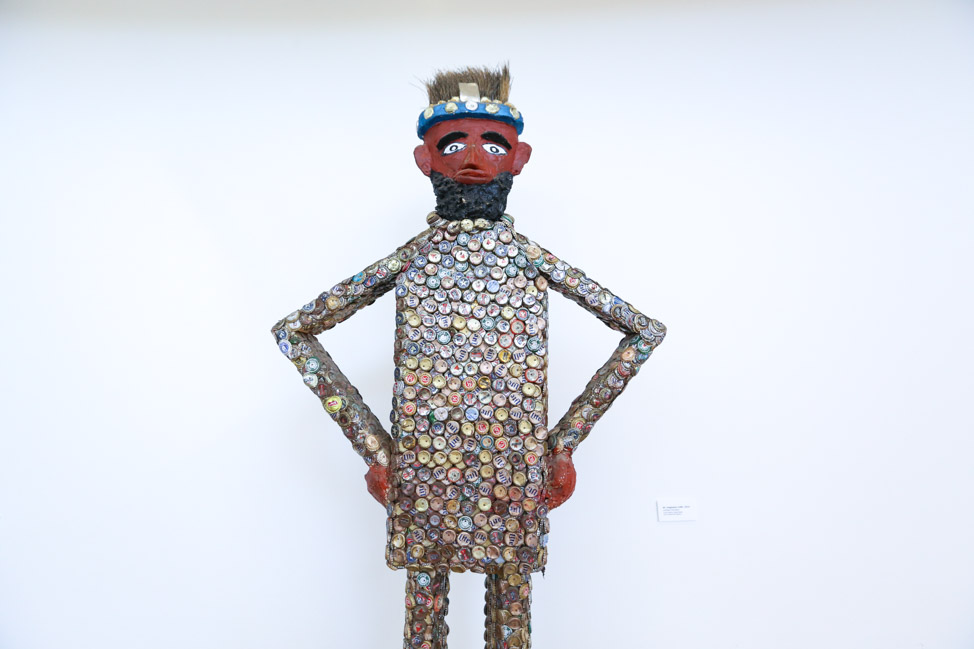
Through Dec. 3, the museum will continue to celebrate one of Macon’s greatest musical influences—Otis Redding—in a pictorial display on the second floor.
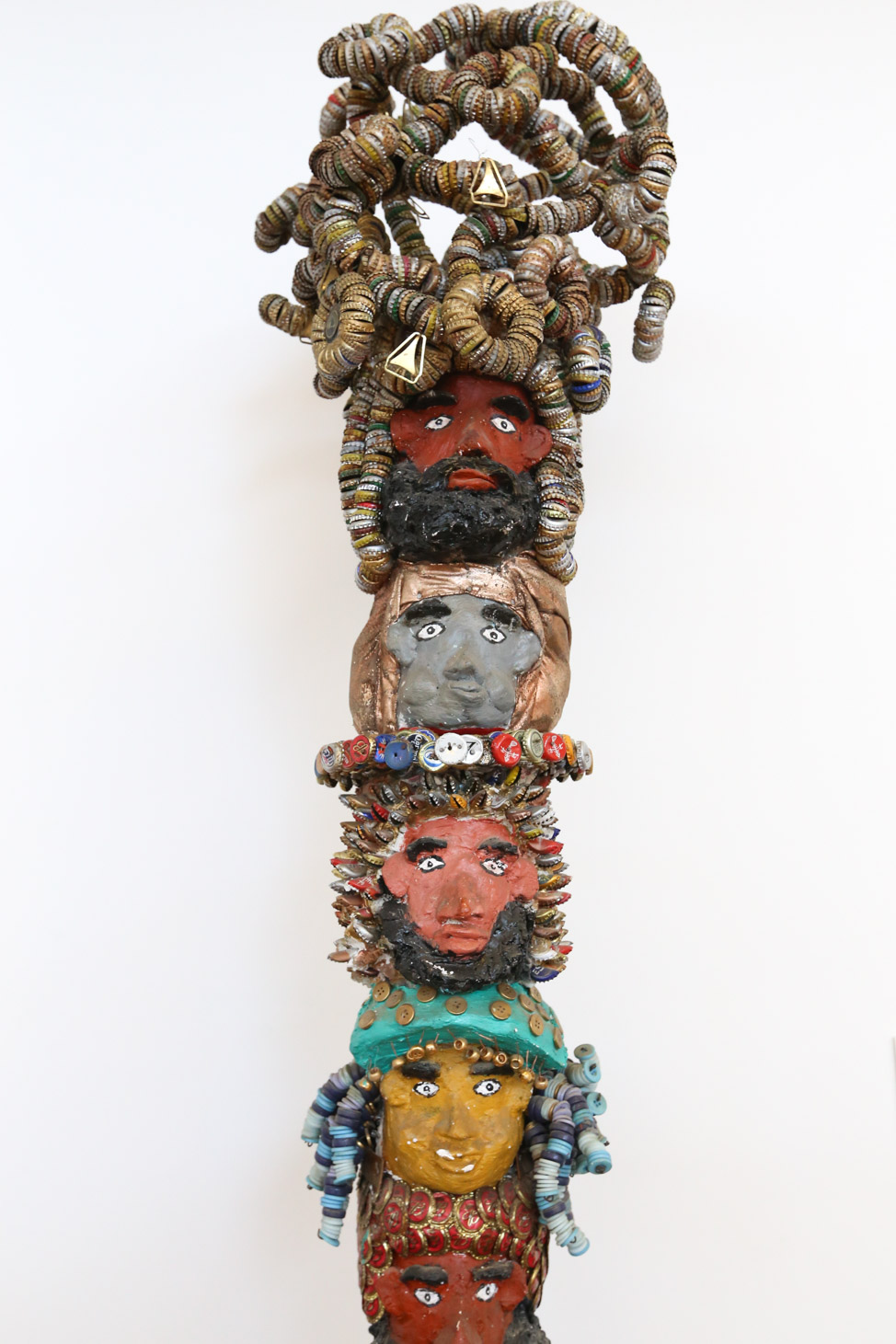
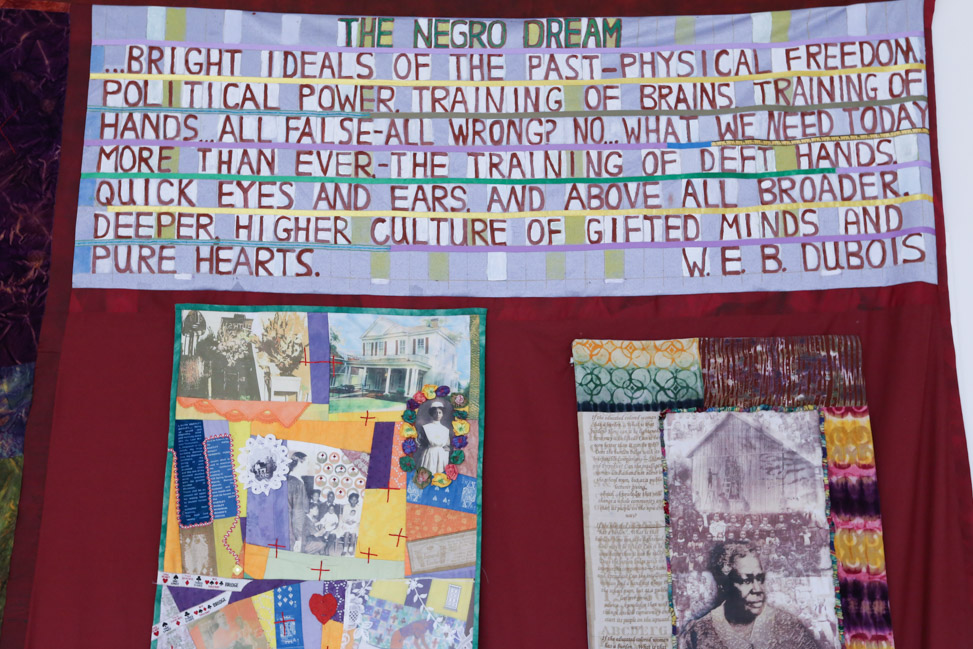
What, you didn’t know Macon was a “music city” in its own right? Oh, well let me tell you about it.

It was once home to the famed Capricorn Records, who discovered such revered acts as the Allman Brothers which other labels dismissed as “a couple of long-haired hippies.” There are mushroom emblems all over town marking places the brothers once performed, lived, played.
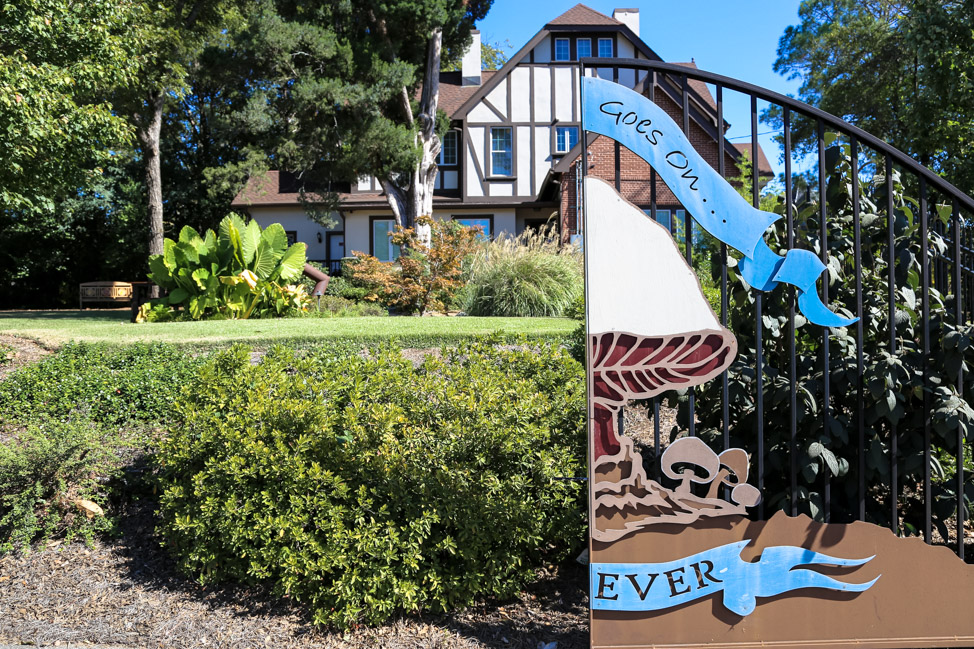
Those who want to learn all about the brothers should pay a visit to their house, the Big Museum, but also take a Rock Candy Tour. While the tour heavily focuses on the Allman Brothers, it also touches upon many other artists—such as fellow natives Otis Redding and Little Richard—who put this mid-sized city on the national map.
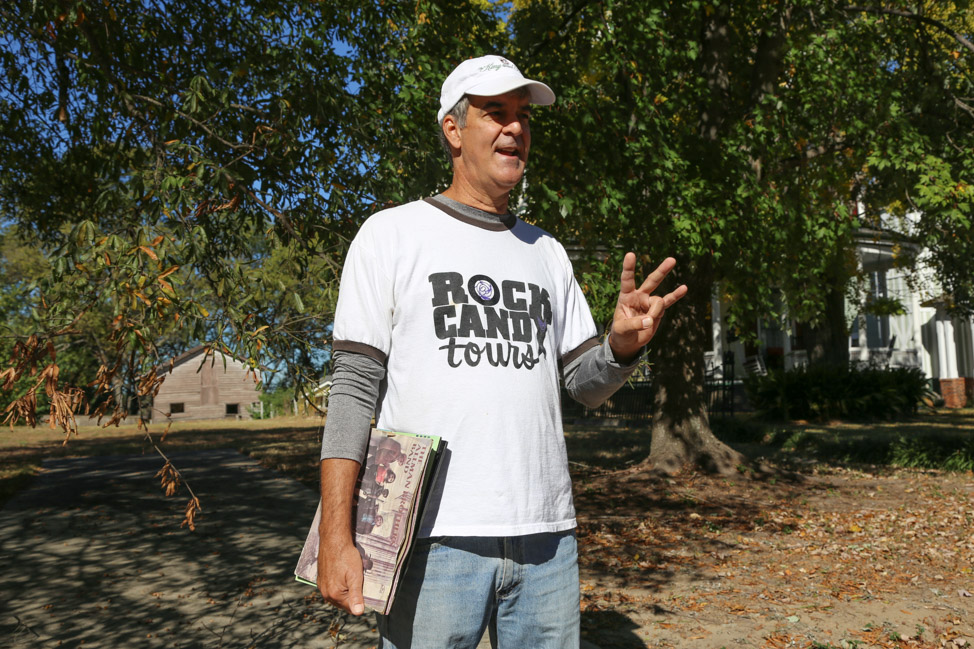
The company’s creators Jessica Walden and Jamie Weatherford come from a pair of well-known Macon families; her father is a retired music industry executive and Capricorn Records co-founder Alan Walden, while his family owns a prosperous candy company (get it … Rock Candy?). After the Georgia Music Hall of Fame closed in 2011, they wanted to keep Macon’s spirit alive so launched a company that aims to do just that.
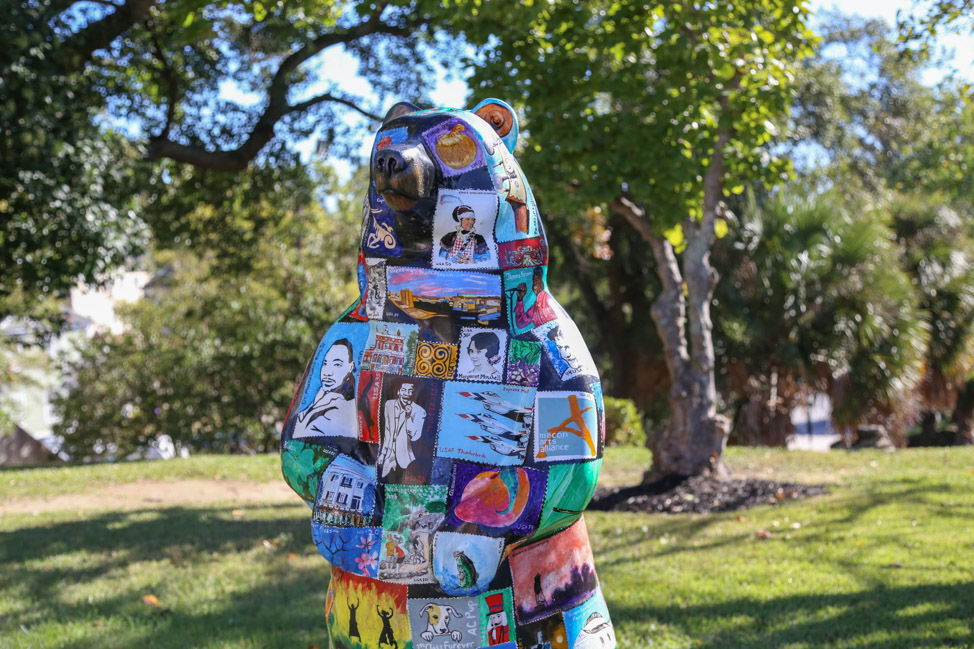
The three-hour guided walking tour we took departed from H&H Soul Food and wound its way through the heart of the city, visiting many sites of prominence.
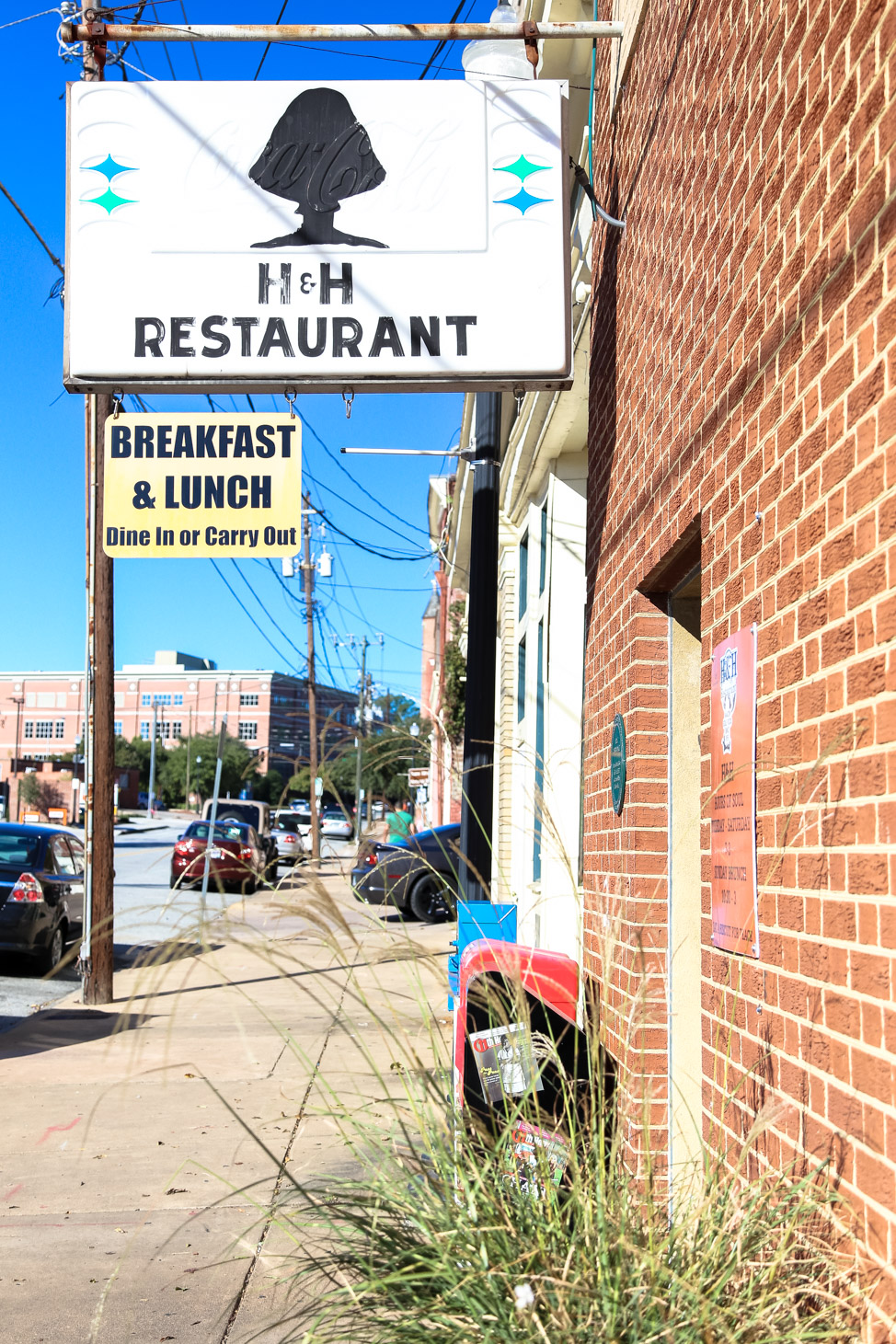
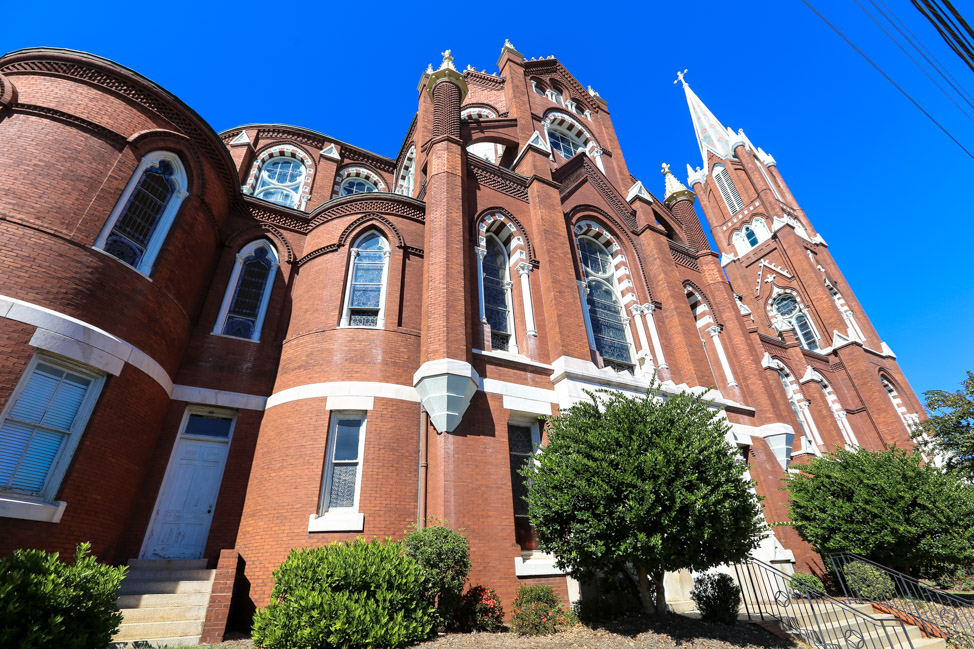
It also was a great way to see the grand dames that make up the architectural fabric of the city—and decide where to buy our next investment property after hearing you can get an 1800s home for as little as $15,000 in Macon!
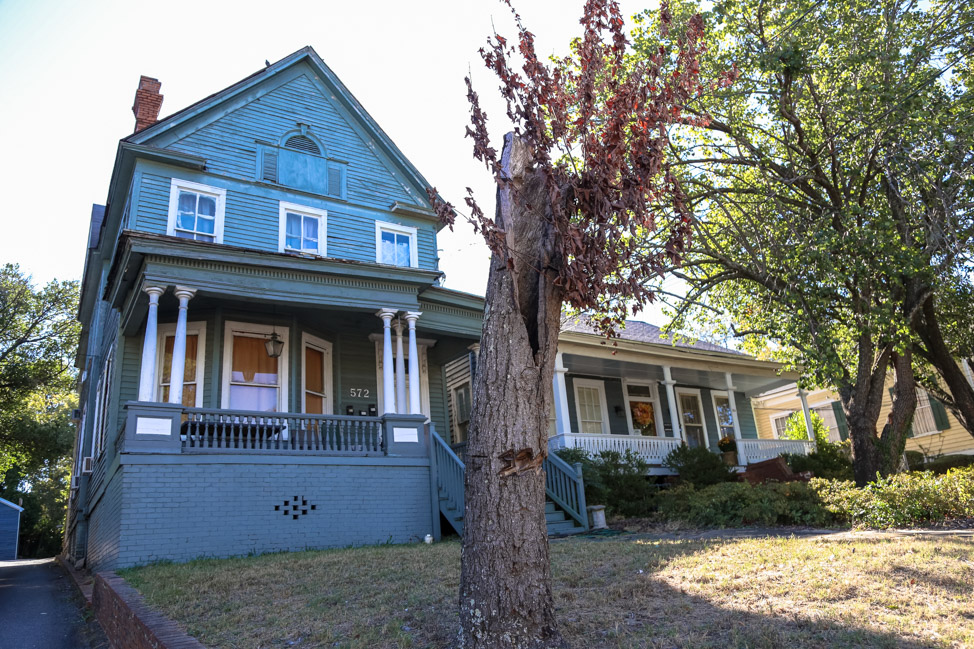
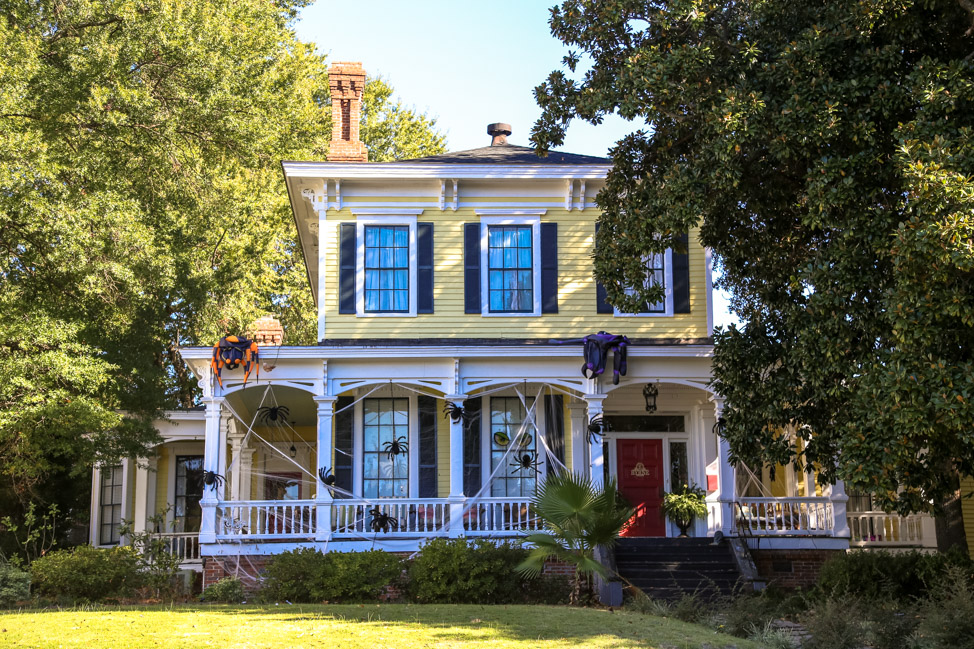
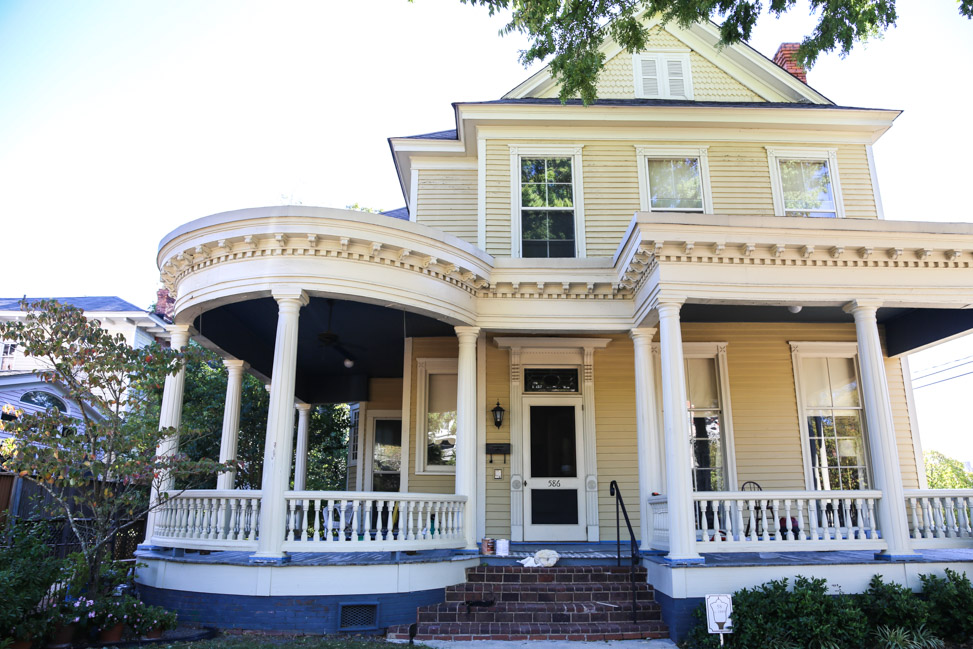
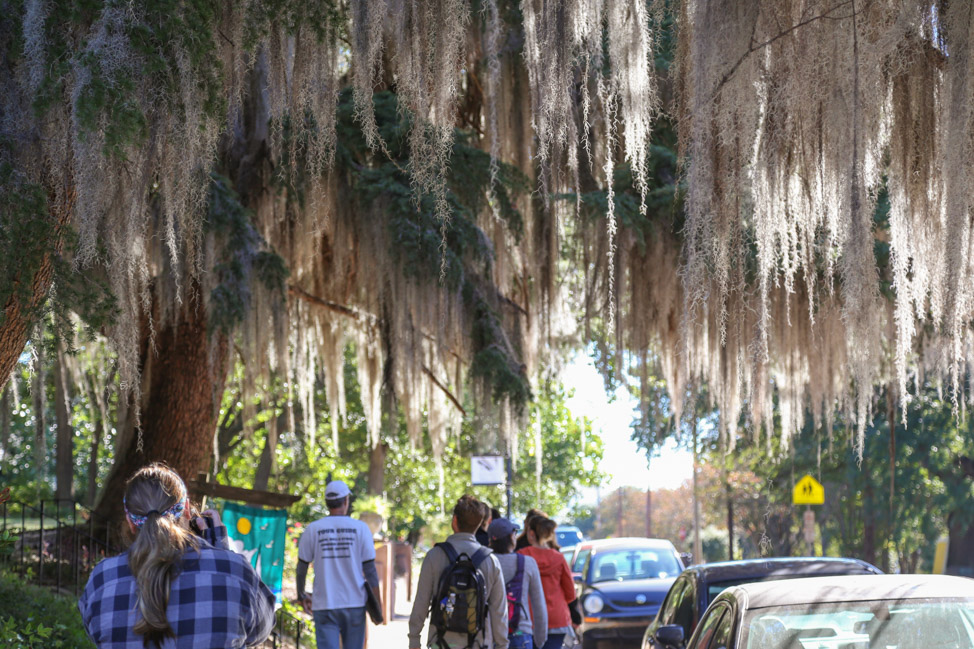
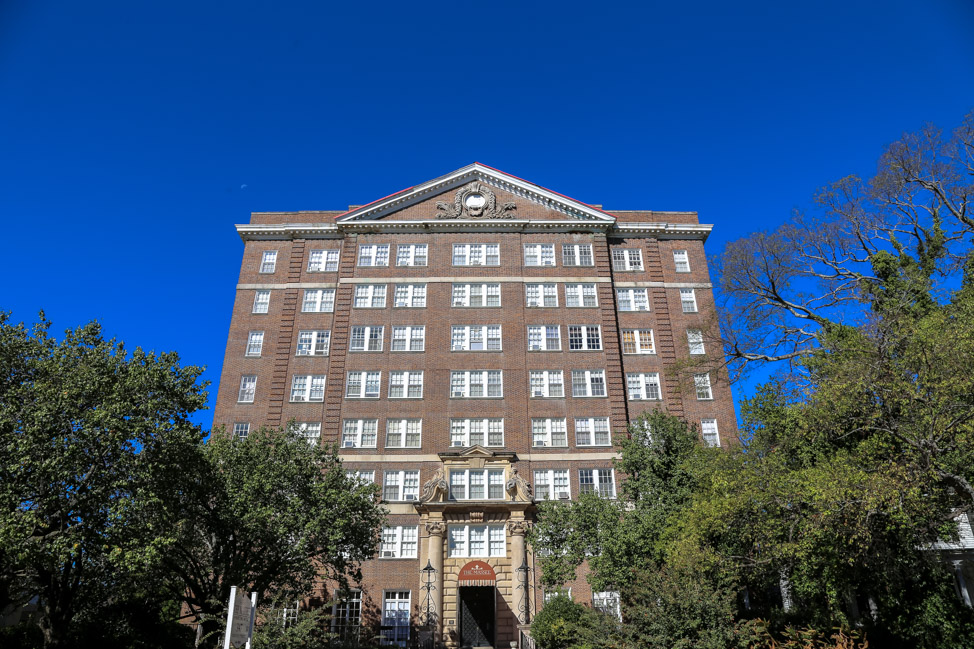


There’s also the Free Birds & Night Owls Tour every Friday night that follows a different path; we also tagged along for the first part of that just to see how it differed.
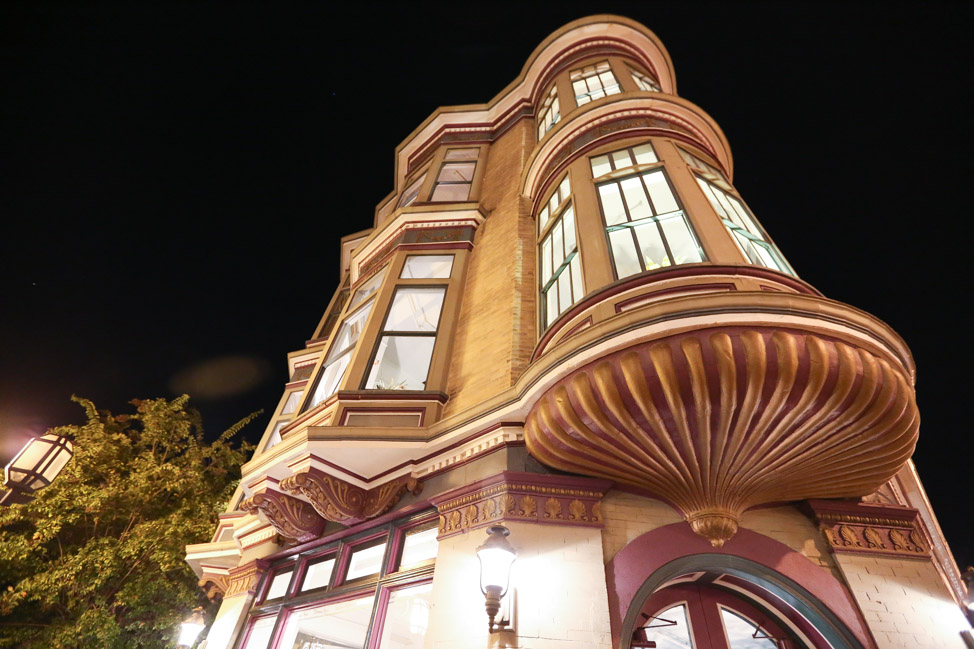
Best part of the night tour? You can order a drink at the Rookery then take it with you to go! Liberal open cup policy—just one of many reasons to love Macon.

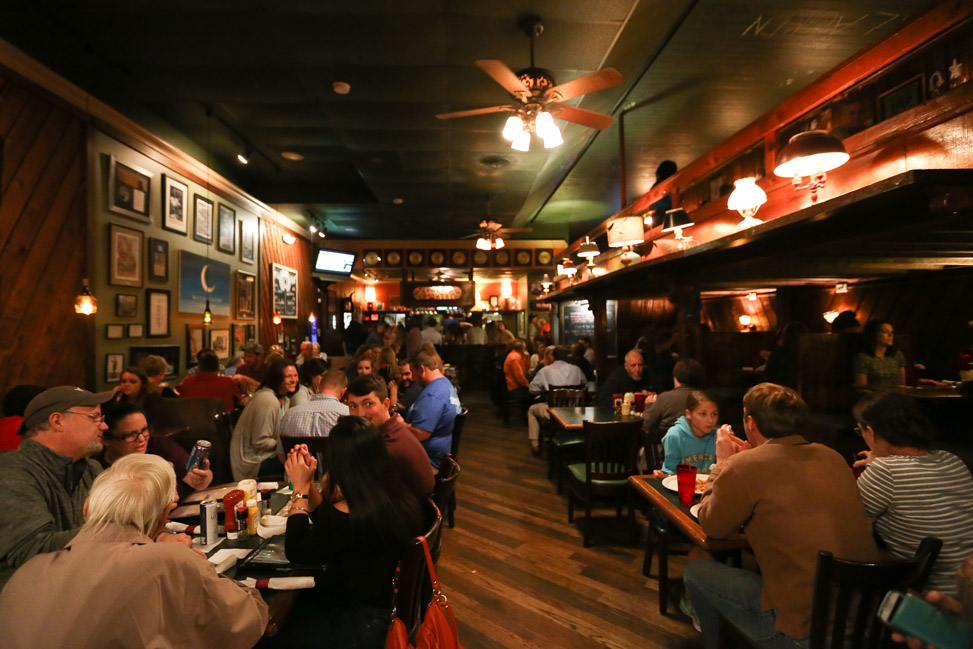
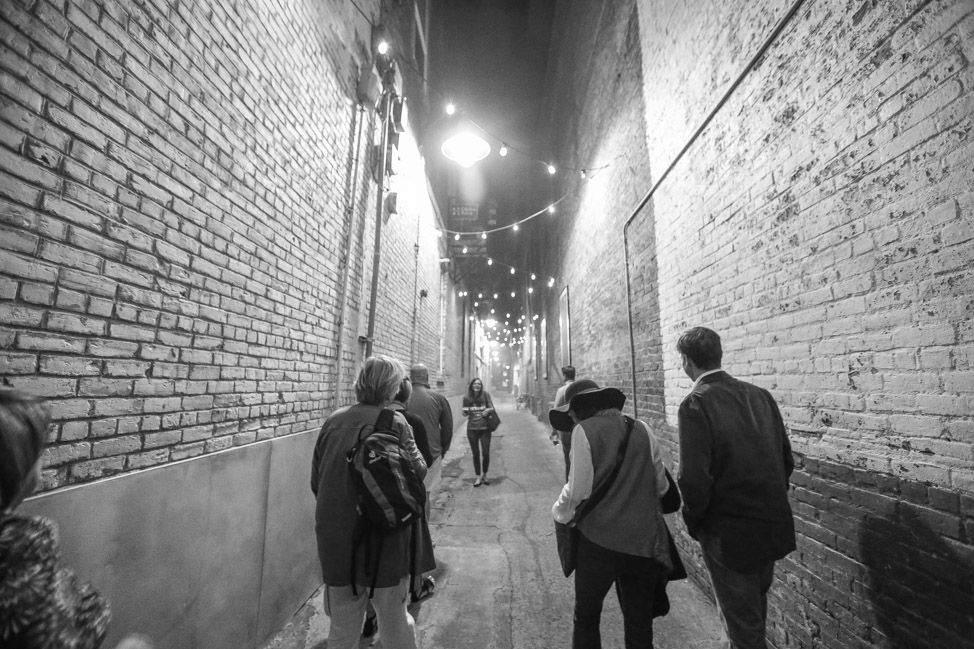
We also got to experience a little bit of live music, as well, while in Macon when Rock Candy partner and tour guide Ruth Sykes invited us along to the local Jazz Association’s 13th annual Jazz & Arts on Riverdale festival the next day.
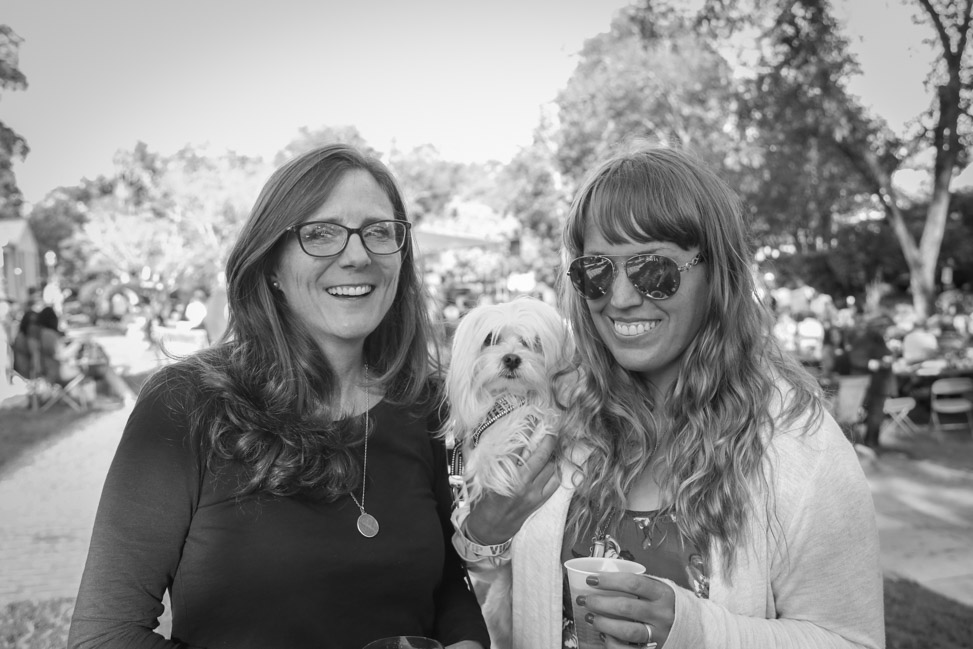

Our final night in town, we gathered with a group of fellow music professionals at Macon staple, Downtown Grille—the very site where Greg Allman proposed to Cher—where we were given the back private room of this classic steakhouse to chow down on steak and get as rowdy as a group of thirty-somethings who turn into pumpkins at the stroke of 10pm can be.
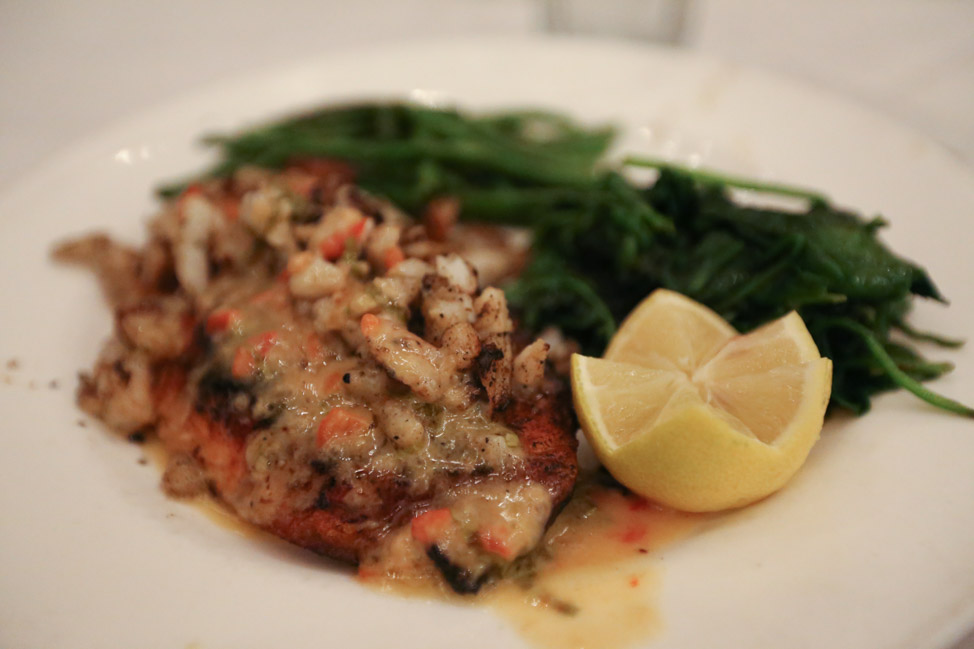
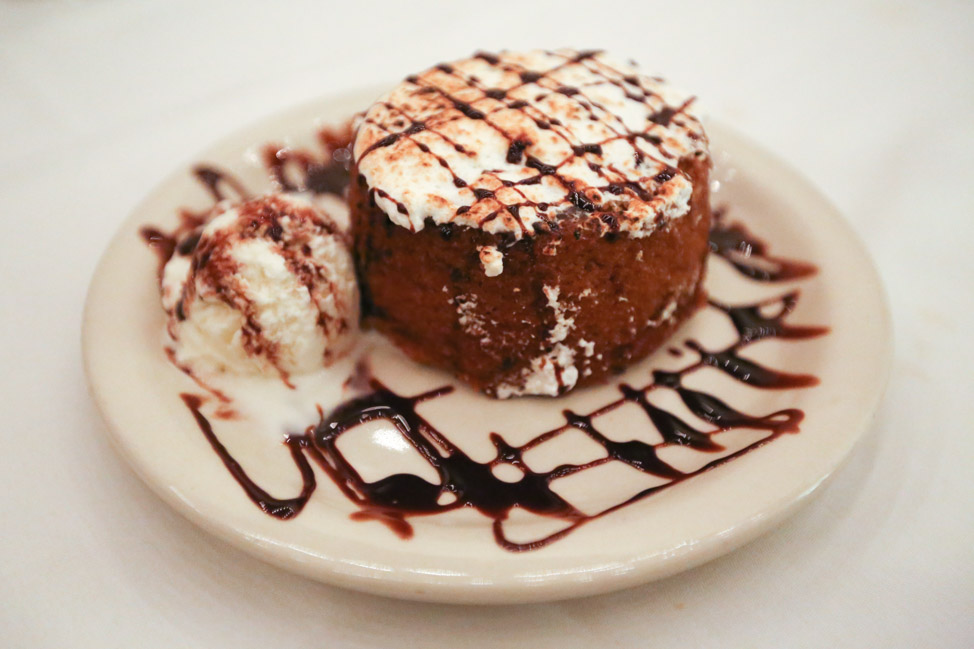
We also had a fantastic dinner with friends at El Camino, a Mexican joint and taqueria backed by the same hospitality group that owns the Rookery and Dovetail.
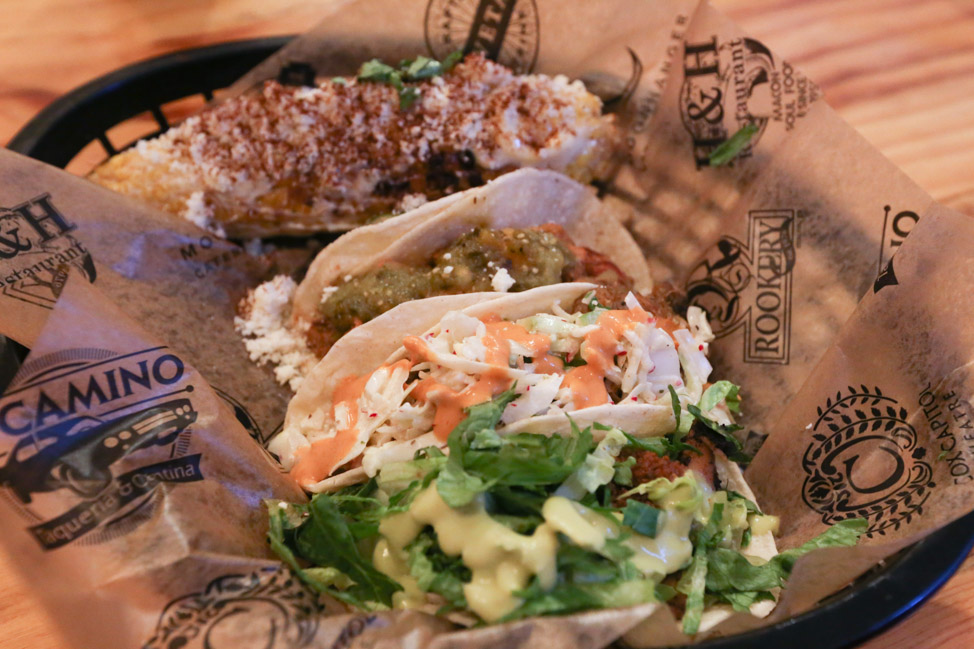
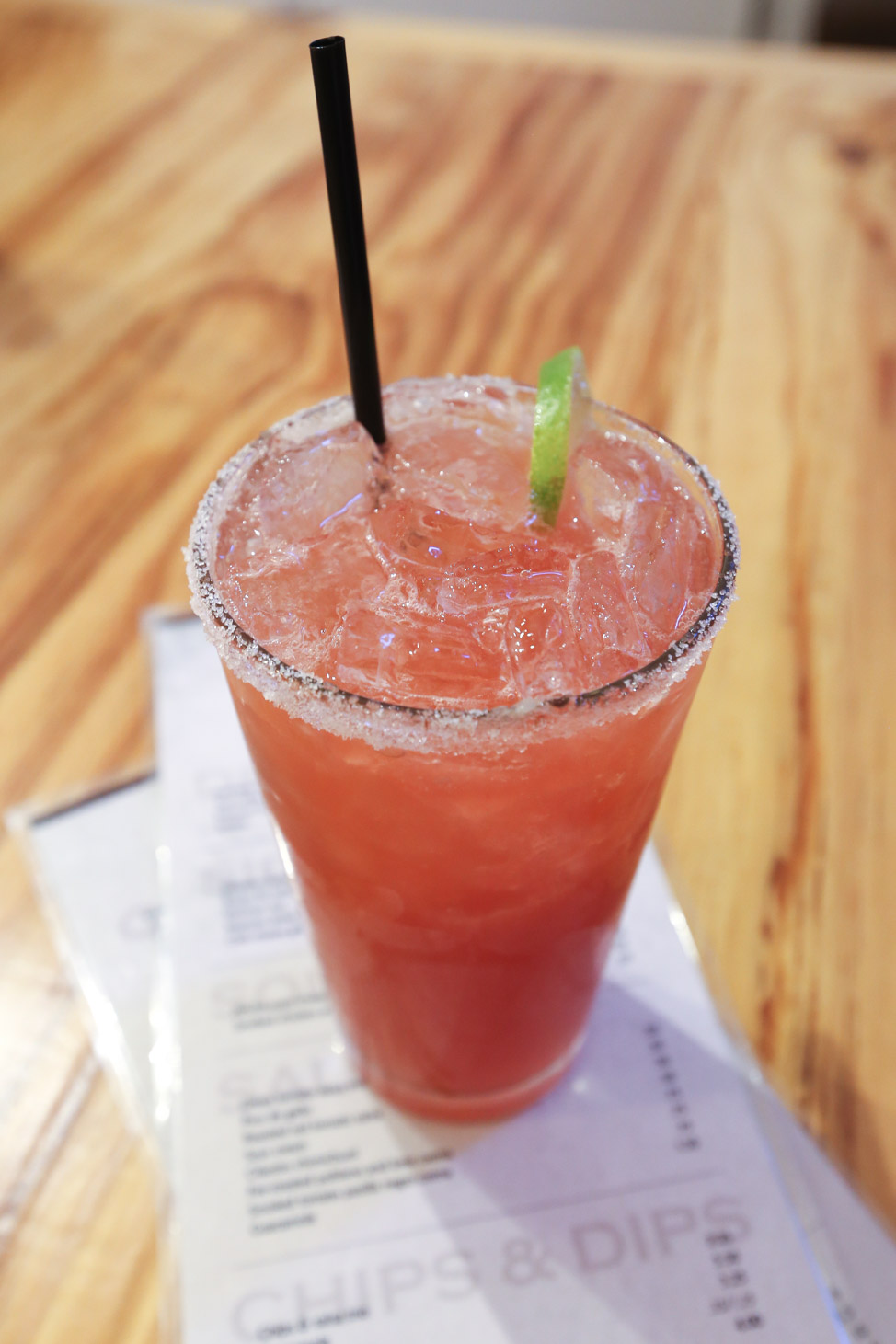
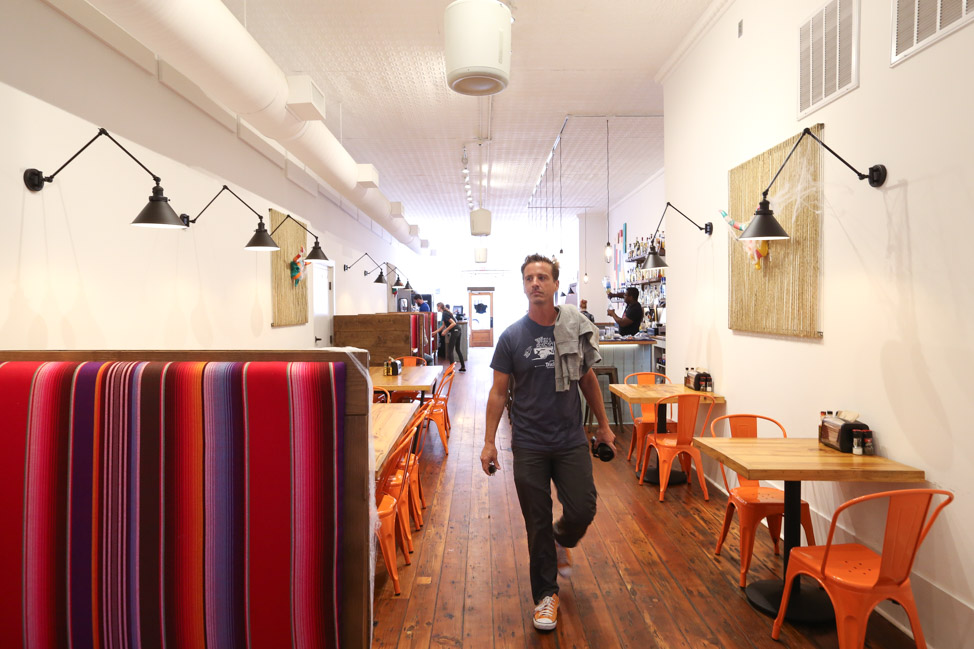
All in all, our three days were an excellent introduction to Macon—a tourist boot camp of sorts—because food, old homes, the great outdoors and music? Only four of our very favorite things.
Have you ever been to Macon before? What did we miss?
This post is in partnership with Visit Macon. All thoughts and opinions are my own.
The post Musical Macon: The Legacy of Georgia’s Rock Scene appeared first on Camels & Chocolate.
Source: camelsandchocolate.com










